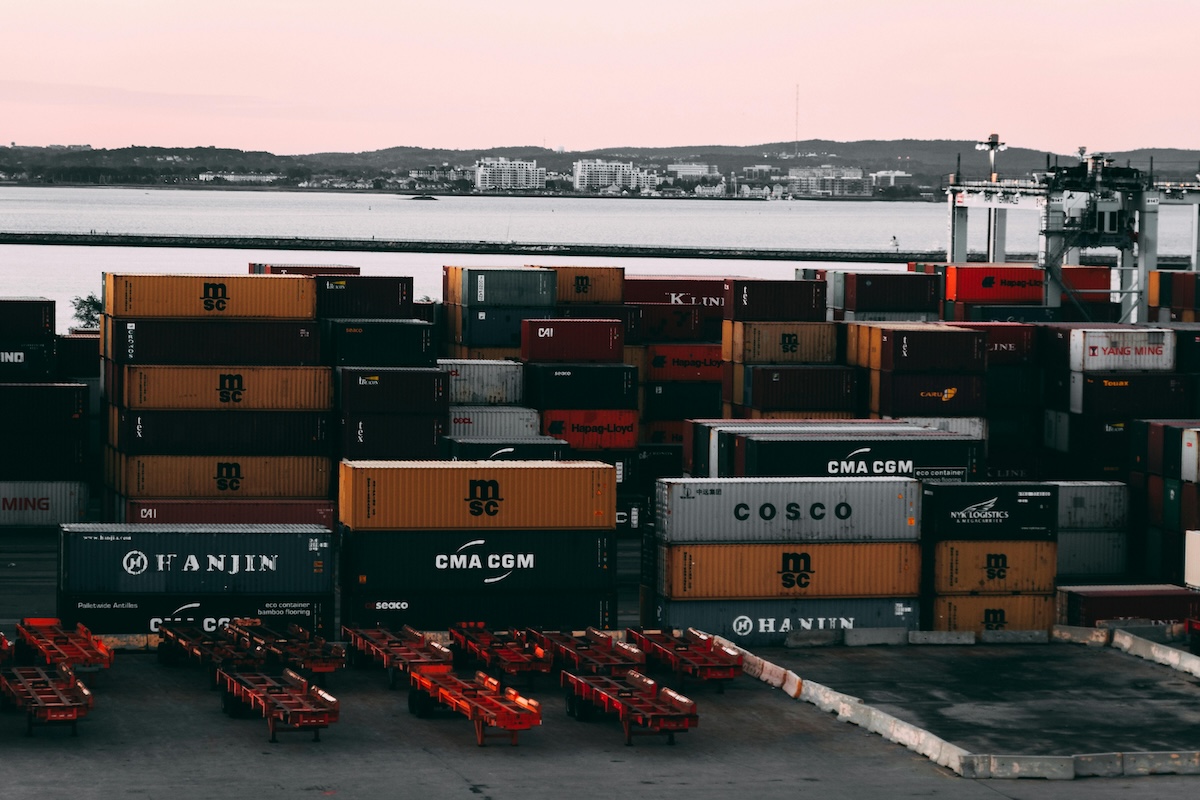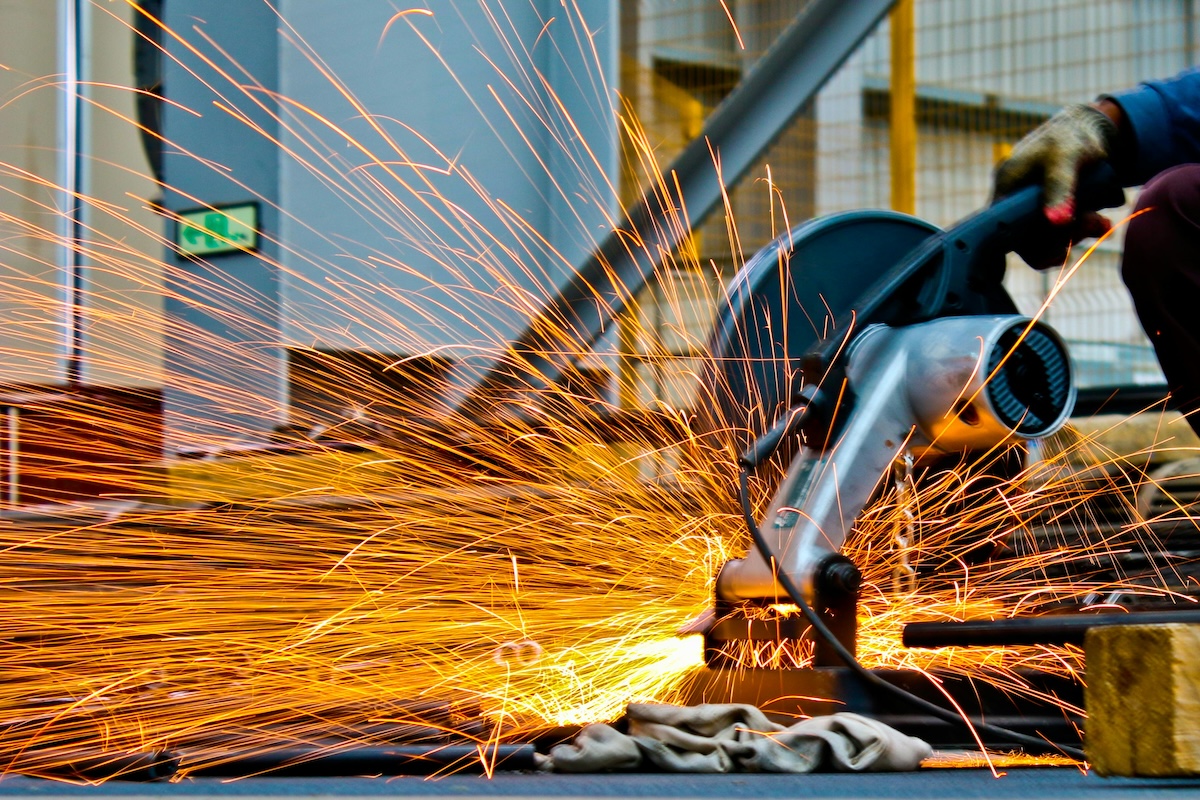Technology Part 1: An Overview

Article Summary
'Technology' is defined as information necessary for the development, production, use, operation, installation, maintenance, repair, overhaul, or refurbishing of an item.
The GTN specifies that technology required for the development, production, or use of controlled items on the Commerce Control List (CCL) is subject to export controls.
Technology is controlled based on its association with specific hardware or software ECCNs and whether it is required for the development, production, or use of those items.
Controlled technology can exist in tangible or intangible forms, such as blueprints, CAD files, manuals, oral communication, or even visual inspection.
Classification determines whether an item or its related technology is controlled, which is essential for ensuring compliance with export regulations.
License Exception TSU allows the export of technology that is the minimum necessary for installation, operation, maintenance, or repair of eligible items.
“Quotation marks” are often misused. We have all read passages or seen “signs” where someone “clearly” didn’t realize what they were conveying with the “quotation marks.”
This may cross your mind when reading the Export Administration Regulations since there are many “words” in quotation marks which seemingly have no business being quoted. But you would be wrong. The use of quotations is deliberate and important, indicating that the quoted word or phrase should be reviewed under Section 772.1 – Definitions of terms as used in the EAR. Some are close to the definitions we typically associate with these words while others aren’t nearly as clear.
A prominent example is the word “technology” which is hugely important in export control. In fact, this post is the first installment in a series on “technology,” as that term is defined under the EAR. We will discuss the definition, what it really means, and something called the General Technology Note. Subsequent posts in this series will go into detail about “development technology;” “production technology;” “use technology;” deemed exports; the definition of “required;” and License Exception TSU (Technology and Software—Unrestricted).
With that little preamble, let’s jump into the definition of “technology” which, under Section 772.1 of the EAR, is defined as:
Information necessary for the “development,” “production,” “use,” operation, installation, maintenance, repair, overhaul, or refurbishing (or other terms specified in ECCNs on the CCL that control “technology”) of an item.
Ok…but what does that mean?
Well, under this definition, the drafters provide some helpful notes. First, they ask their readers to note well that controlled “technology” is further defined in what is called the General Technology Note (GTN), found under the Commerce Control List in Supplement No. 1 to Part 744 of the EAR. More on this in a moment.
The drafters then provide the following critical note:
Note 1 to definition of Technology: “Technology” may be in any tangible or intangible form, such as written or oral communications, blueprints, drawings, photographs, plans, diagrams, models, formulae, tables, engineering designs and specifications, computer-aided design files, manuals or documentation, electronic media or information revealed through visual inspection;
Yes, you read that right—even a conversation can involve controlled technology!
The premise is simple: as a country, we don’t want bad actors to gain technical information in any way that could be used to develop, produce, or use sensitive equipment or software to harm our national security.
What’s more complex is separating the wheat from the chaff, that is, identifying which technical data constitutes controlled technology and which does not. Before you can identify controlled technology, you first have to identify and classify the associated hardware or software. Based on those determinations, you can then evaluate whether the related technical data is required or necessary for the development, production, or use of the item itself. (This is one example of why we preach that “Classification is Job #1.”)
Now, back to that General Technology Note. Here’s what the GTN says:
The export of “technology” that is “required” for the “development”, “production”, or “use” of items on the Commerce Control List is controlled according to the provisions in each Category.
“Technology” “required” for the “development”, “production”, or “use” of a controlled product remains controlled even when applicable to a product controlled at a lower level.
License Exception TSU is available for “technology” that is the minimum necessary for the installation, operation, maintenance (checking), or repair of those products that are eligible for License Exceptions or that are exported under a license.
In other words, you have to look to the CCL, Product Group ‘E’ ECCNs (which are specific to technology) related to the hardware or software ECCNs to see how that particular technology is controlled.
Let’s use an example to illustrate these points. Say we have a shotgun with a barrel longer than 18 inches. That item is enumerated under and controlled by ECCN 0A984. Now say we have some CAD files that contain product engineering and manufacture data for the shotgun, as well as a user manual. Are these documents controlled “technology”?
To answer that question, we have to review the ‘0E’ ECCNs to see how the related technology is controlled, if at all. ECCN 0E984 controls “technology” for the “development” or “production” of shotguns controlled by 0A984. There is no ECCN that controls “technology” for the “use” of such shotguns. If the CAD files are necessary or “required” for the production of the shotgun, then they will be controlled production technology under 0E984. Assuming the user manual does not contain any development or production technology, it will default to EAR99 since there is no ECCN that controls related “use” technology. Further, pursuant to the second provision of the GTN, even if the CAD files could be used to produce a shotgun controlled at a level lower than 0A984, they remain controlled under 0E984.
If any of these points have left you scratching your head, don’t worry—you’re not alone. Be sure to subscribe to our blog so you can get the subsequent posts in this “technology” series delivered straight to your inbox and we’ll help you “make sense” of it all.
Click here to learn more about CTP’s Export Control Services
Key Points
What is the definition of 'technology' under the EAR?
- Definition: 'Technology' refers to information necessary for the development, production, use, operation, installation, maintenance, repair, overhaul, or refurbishing of an item.
- Key Reference: This definition is found in Section 772.1 of the Export Administration Regulations (EAR).
- Examples: Includes technical data such as blueprints, CAD files, manuals, and even verbal or visual communication.
What is the General Technology Note (GTN)?
- Purpose: The GTN outlines how technology related to controlled items on the Commerce Control List (CCL) is regulated.
- Scope: Technology required for the development, production, or use of controlled items remains controlled, even if applicable to items controlled at a lower level.
- Location: Found in Supplement No. 1 to Part 774 of the EAR.
How is 'technology' controlled under the EAR?
- ECCN Classification: Technology is controlled based on its association with specific hardware or software ECCNs (Export Control Classification Numbers).
- Required Technology: Only technology that is 'required' for the development, production, or use of controlled items is subject to export controls.
- Example: CAD files for producing a shotgun controlled under ECCN 0A984 would be classified as controlled technology under ECCN 0E984.
What forms can controlled technology take?
- Tangible Forms: Blueprints, drawings, photographs, plans, diagrams, models, formulae, tables, and engineering designs.
Intangible Forms: Oral communication, electronic media, or information revealed through visual inspection. - Implication: Even a conversation or visual inspection can involve controlled technology, making compliance critical.
Why is classification important in export compliance?
- Primary Step: Classification is the first step in determining whether an item or its related technology is controlled.
- Impact: Proper classification ensures compliance with export regulations and prevents unauthorized transfers of sensitive technology.
- CTP’s Approach: CTP emphasizes that "Classification is Job #1" in export compliance.
How does License Exception TSU apply to technology?
- Definition: License Exception TSU (Technology and Software-Unrestricted) allows the export of technology that is the minimum necessary for installation, operation, maintenance, or repair of eligible items.
- Eligibility: Applies to items exported under a license or eligible for other license exceptions.
- Example: Technology for maintaining a controlled item may qualify for this exception, provided it meets the minimum necessary threshold.










